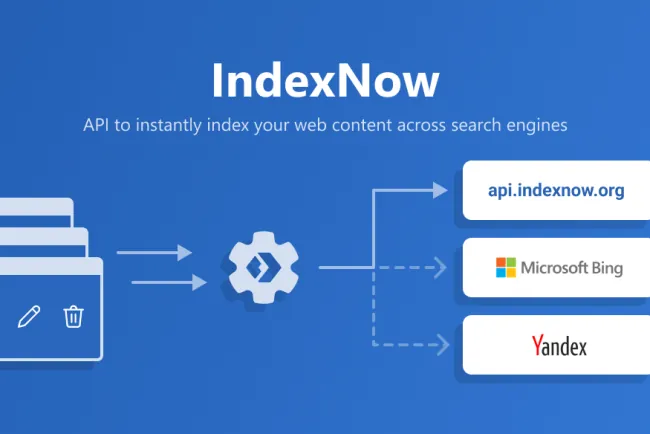Automate RSS Feed Posting for Social Media to Boost SEO
Automate RSS feed posting to boost SEO, increase traffic, and save time #kiksee_seo , #Kiksee_Twitter_Trending_Strategy #Kiksee_SEO_Strategy #Kiksee_Social_SEO #SEO

Outline:
-
Introduction
- Importance of RSS feed automation for SEO specialists and bloggers
- Overview of key benefits: Time efficiency, consistent content distribution, SEO enhancement
-
Why Automating RSS Feed Posting is Essential
- Time-saving benefits of automation
- Consistency in content distribution across platforms
-
How RSS Feed Posting Boosts SEO
- Engagement and traffic growth
- Organic backlinks and their SEO impact
- Social signals and their indirect effect on rankings
-
Using RSS Feed Automation Tools
- How tools like SSM simplify automation
- Features that enhance content visibility and SEO efforts
-
Conclusion
- Final thoughts on how automation helps focus on creating quality content and improving SEO
Automate RSS Feed Posting for Social Media to Boost SEO
Introduction
In the fast-paced world of digital marketing, automating the posting of your RSS feed across all social media platforms is a game-changer for SEO specialists and bloggers alike. By automating this process, you not only maintain an active online presence but also streamline your workflow, allowing more time to focus on content creation and SEO optimization. This article explores why automating your RSS feed posting is crucial and how it can significantly enhance your site's SEO performance.
Why Automating RSS Feed Posting is Essential
Time Efficiency
One of the most significant advantages of automating your RSS feed posting is the time you save. Instead of manually posting to each social media platform, automation tools do the heavy lifting for you. This leaves more time to concentrate on creating high-quality content that can drive engagement and improve your SEO ranking.
By saving time on distribution, you can dedicate more effort to other areas, such as content development and website optimization, both of which are crucial for boosting your site’s visibility in search engine rankings.
Consistent Content Distribution
Automation ensures that every time you publish a new blog post, it gets shared across all your social media channels instantly. Consistency is key in maintaining an engaged audience, and by automating the process, you ensure that your content reaches your followers without delays. Consistent content distribution also signals to search engines that your site is active and regularly updated, which is beneficial for SEO.
This automatic sharing process allows for maximum exposure without additional effort, ensuring that your audience is always informed of your latest content.
How RSS Feed Posting Boosts SEO
Increased Engagement and Traffic
Sharing your content regularly on social media increases the likelihood of engagement, including likes, shares, and comments. These actions can lead to higher traffic to your blog or website, which in turn improves your SEO. The more people interact with your posts, the more visibility your content gets, which can lead to valuable organic backlinks. These backlinks are critical for SEO as they indicate to search engines that your content is valuable and relevant.
SEO Enhancement Through Social Signals
Search engines like Google and Bing may not directly factor social signals like shares and likes into their ranking algorithms, but these actions can indirectly impact your SEO. Social media activity can increase your content’s visibility, leading to higher engagement rates. More engagement means more users interacting with your website, which is a positive signal for search engine rankings.
Regular posting of your RSS feed across social media platforms can amplify these signals, leading to a boost in your website’s SEO performance.
Using RSS Feed Automation Tools
Automation tools like SSM take RSS feed posting to the next level by handling not just social media posting, but also optimizing content distribution to enhance your SEO. With SSM, users can add their RSS feed links, allowing the system to automatically post across platforms without manual intervention.
This feature is essential for maintaining a steady flow of content distribution, ensuring maximum exposure across social media, which can increase engagement and drive traffic to your site. These tools also enable better SEO optimization by focusing on key ranking factors such as keyword usage, backlinks, and social signals, all of which contribute to a higher ranking on search engine results pages (SERPs).
Conclusion
Automating the posting of your RSS feed on social media is not only a time-saving solution but also a powerful strategy for improving SEO. With the right tools, like SSM, you can ensure that your content is consistently distributed, engage with a broader audience, and boost your SEO performance. By automating this aspect of your content marketing, you can focus on creating high-quality content that resonates with your audience, while the system takes care of the rest.
FAQs
1. How does automating RSS feed posting help with SEO?
Automating RSS feed posting helps with SEO by ensuring consistent content distribution, increasing engagement, and generating organic backlinks, which are crucial for search engine rankings.
2. What are social signals, and how do they affect SEO?
Social signals, such as likes, shares, and comments on social media platforms, can indirectly affect SEO by increasing your content's visibility, leading to more engagement and traffic to your website.
3. What is the best tool for automating RSS feed posting?
SSM is a robust tool that automates RSS feed posting and optimizes content distribution for SEO purposes, ensuring maximum visibility and engagement across platforms.
4. Can automation tools replace manual social media management?
While automation tools can significantly reduce the time spent on social media management, a combination of automation and manual engagement is ideal for building authentic relationships with your audience.
By incorporating automation into your strategy, you streamline your content distribution, allowing you to focus on other critical aspects of SEO, such as keyword research and content creation.
What's Your Reaction?






















